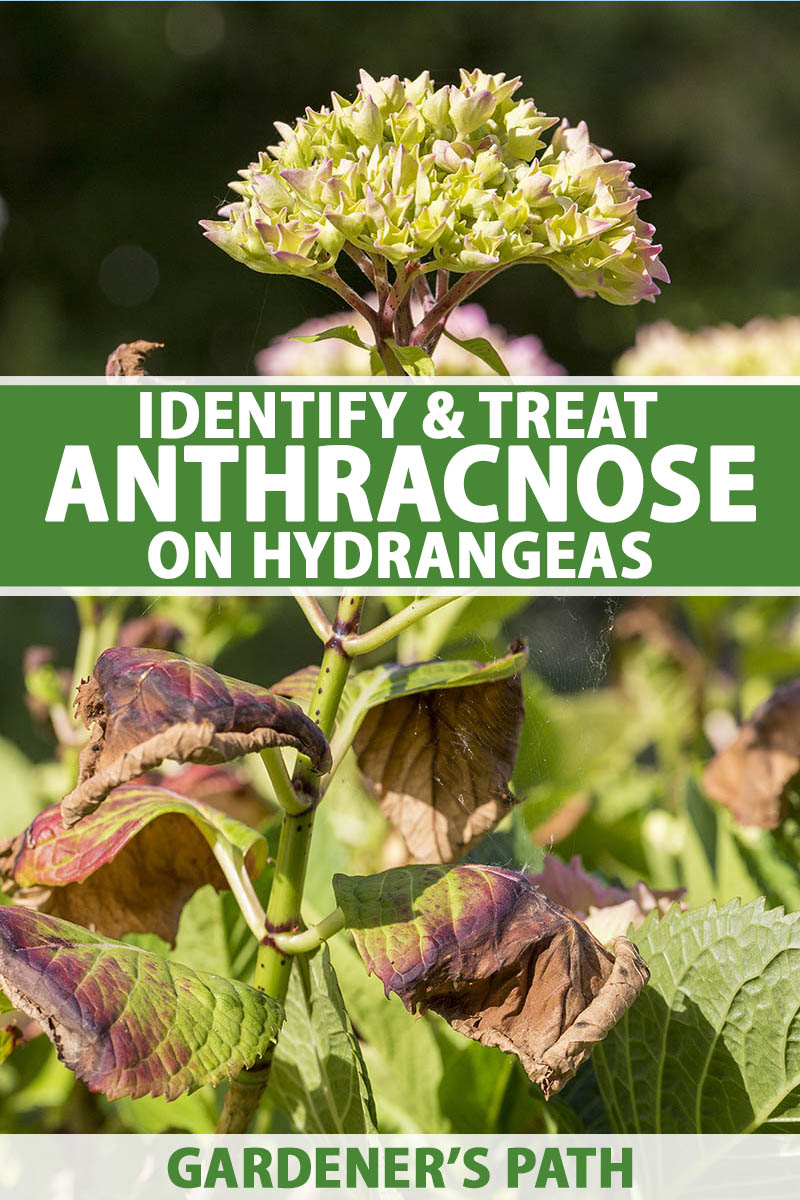Getting The Hydrangea Leaves Turning Yellow To Work
Table of ContentsThe 5-Minute Rule for Hydrangea Leaves Turning YellowThe Only Guide to Hydrangea Leaves Turning YellowThe Basic Principles Of Hydrangea Leaves Turning Yellow The 6-Minute Rule for Hydrangea Leaves Turning Yellow4 Simple Techniques For Hydrangea Leaves Turning YellowThe Buzz on Hydrangea Leaves Turning Yellow
One possibility is that the plant is not getting adequate sunshine. During the winter season, the days are shorter, and the sun is not as intense, so ensure to place your Hydrangea in a place where it will certainly get at least 6 hours of sunshine every day. One more factor for Hydrangea yellow fallen leaves in winter months might be as well much water.The fallen leaves might be transforming yellow due to temperature level tension. Hydrangeas like cooler temperatures, so if the plant remains in an area that gets also hot or too cool, the leaves will transform yellow. If you think temperature level anxiety could be the issue, attempt moving your Hydrangea to a different area or securing it from the elements with a cloth wrap.
New development will be observed in very early spring, when you'll see eco-friendly vegetation sprouting from stems that could have appeared dead. Nevertheless, if your fallen leaves are transforming brownish in spring or summer season, there are likely various other elements at play. The accurate factors depend upon the selection and their growing problems, yet as a whole, brownish hydrangea fallen leaves signify dehydration and wilting in the warm
Getting My Hydrangea Leaves Turning Yellow To Work

Wilting is triggered by lack of moisture, meaning there are a couple of great tricks to utilize to avoid this from happening. Give your hydrangeas a healthy glug of water every few days when the temperatures are climbing high, and treat the soil to better keep moisture. After watering, a dab of mulch around the base of each plant ought to aid with this by keeping moisture in the dirt.
This interferes with fungis spores from clearing up. "The Botrytis fungus thrives in amazing and damp problems, so avoid bathing the entire plant when watering and just water at the roots," shares Roy Nicol, a Master Horticulturist. If you have actually missed out on the opportunity for prevention and are taking care of an infection you ought to eliminate all dead or severely infected leaves from the plant and destroy them to stop further spread.
The Buzz on Hydrangea Leaves Turning Yellow
As a basic guideline of thumb, we advise eliminating leaves when they are 50% brown or greater. While browning brought on by any reason can't be turned around, taking the corrective activity explained above will certainly urge the plant to grow brand-new leaves so the damaged fallen leaves either diminish naturally or can be eliminated by the garden enthusiast.
Hydrangeas should be watered only when the top couple of inches of soil are completely dry, and must be given a thorough saturating each time. Underwatered hydrangeas are most likely to have yellow, wilting, and sagging leaves. Increase the frequency and amount of watering for your shrub to assist fix this problem. Hydrangeas favor relatively damp (yet not soaked) soil, so offer the origins a great saturating and enable water to be absorbed right into the soil prior to applying extra.
The method you deal with hydrangea leaves turning yellow depends upon the vital issue triggering the yellow fallen leaves. This can be challenging to establish, once you do you will certainly have the ability to adjust your plant care appropriately to look after the trouble. As discussed previously, an usual concern with hydrangeas is nutrient deficiencies.
Examine This Report on Hydrangea Leaves Turning Yellow
Throughout the height expanding season, my blog you must water at a rate of concerning 1 inch weekly. If you are stressed over not properly sprinkling your hydrangeas, there are a pair of things you can do. Adding mulch to the base of the plants over the origin area assistance to regulate the temperature around the shrub and preserve water in the dirt.
You can acquire and set up easy watering worlds. Sprinkling globes hold water in them and slowly launch this water into the soil as the ground comes to be dry. Simply load the world with water, stick the spout into the dirt within the origin zone near the base see of the plant, and leave it in place up until all the water is gone.
If it is too serious, some why not look here plants will certainly never ever recuperate from transplant shock and will continue to decrease till they pass away. Decrease transplant shock by consisting of as numerous roots as feasible when excavating up your plant to move it. Be sure to provide even more water than normal in the weeks complying with planting to help your plant recoup and grow brand-new origins.
The Buzz on Hydrangea Leaves Turning Yellow
To stay clear of spreading fungal conditions, be sure to thouroughly tidy and decontaminate any type of pruning devices before and after usage. You can try to flush the origins with water to remove excess fertlizer.
Your hydrangea plant favors well-drained, moist soil. If the pot has inadequate water drainage, or your soil is flooded, the fallen leaves will certainly begin to turn yellow.
If you don't sprinkle your hydrangea plant for even more than a week, the leaves will certainly start turning yellow. Fungal conditions that assault the plants have a tendency to reveal signs on the roots and the fallen leaves of the plant.
Hydrangea Leaves Turning Yellow Fundamentals Explained
